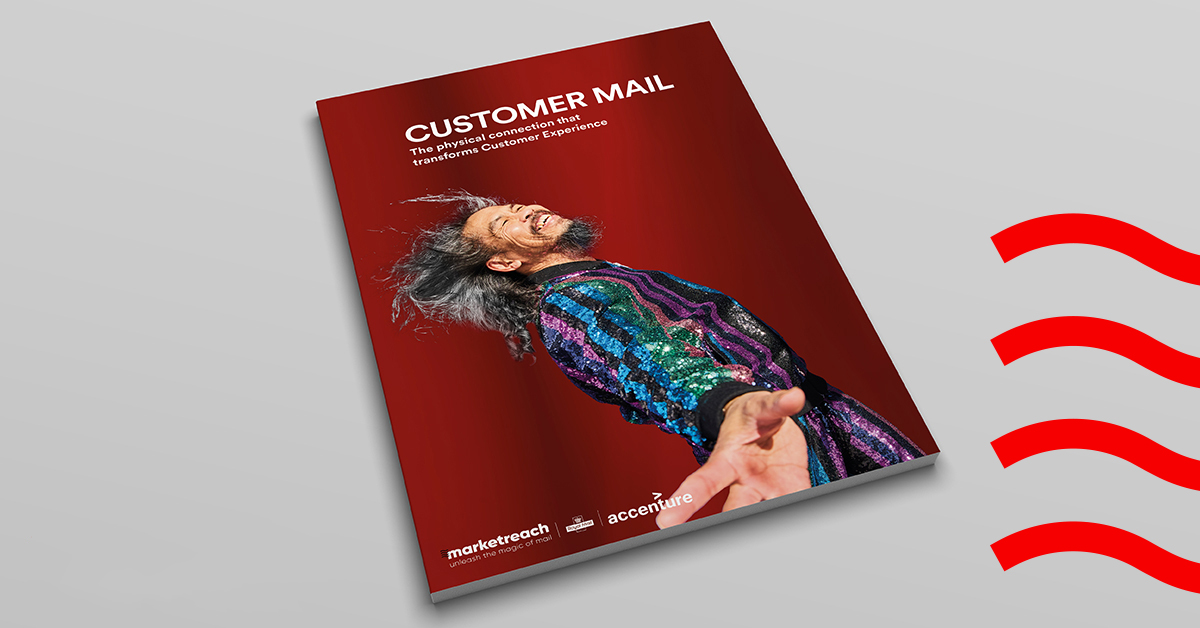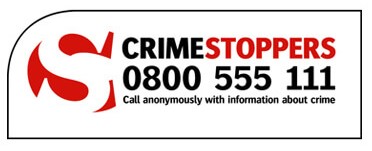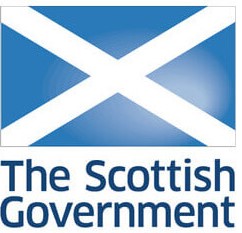National bowel cancer screening
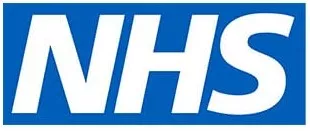
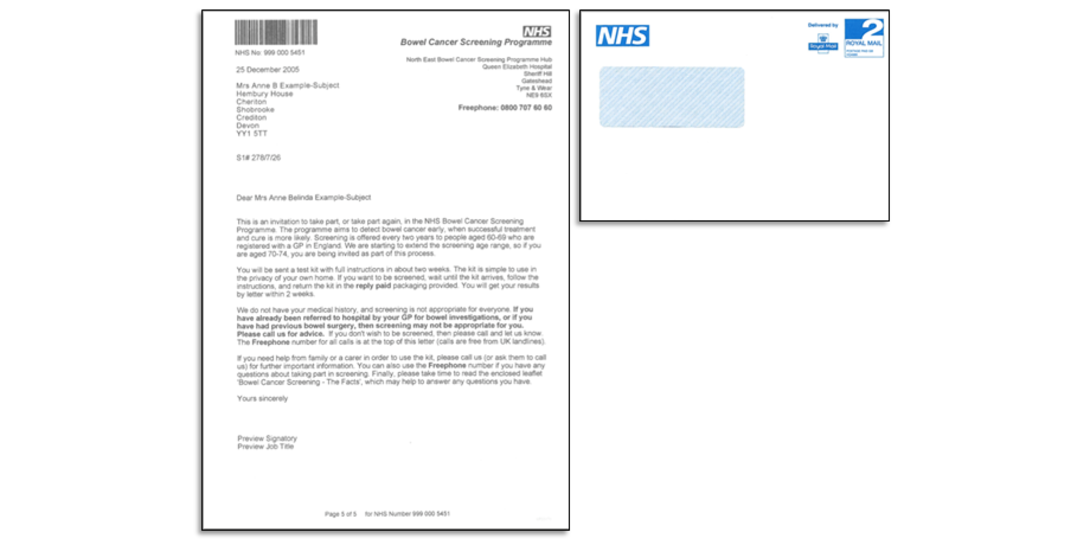
Background
Bowel cancer is the third most common cancer with 1 in 16 males and 1 in 20 females developing the disease in their lifetime. Early detection saves lives, so the National Bowel Screening programme was set up in 2006 to inform anyone aged 60 or above about bowel screening and encourage participation. This programme is central to meeting the target of reducing bowel cancer rates by 16%.
The North East Bowel Cancer Screening Programme Hub is one of 5 hubs in England that is tasked with getting over 60s to participate in screening.
Solution
North East Bowel Cancer Screening Programme Hub delivers an extensive, rolling mailing programme.
A national piece of software kicks off the programme by selecting anyone aged 60-74 years old who is registered with a GP. If they have never been contacted by the Bowel Screening Programme or are due to be re-contacted (every two years), they will be automatically be sent a letter inviting them to take part in screening and informing them that a test kit will arrive in the post over the next week. In the North East this results in approximately 3,000 invitation letters being mailed every day.
8 days after the letter arrives, a test kit is mailed to the same people with instructions on how to complete the test. All completed tests are sent back to the North East Bowel Cancer Screening Programme Hub where they are tested immediately. Within 48 hours of returning the test, the participant is sent a letter through the post informing them of their results. If they have had a positive result, a letter or email is also sent to their GP and they are invited by their local hospital to go for a colonoscopy. If they have a negative result then they are automatically invited to participate again in two years time. Those who don’t return the test are sent a reminder letter four weeks later. Those failing to respond following the reminder have their current invitation round closed and are invited to participate again in two years’ time.
Mail is integral to the success of the programme. The Hub has a duty to inform all eligible participants in the North East region about screening and, with email penetration lower amongst over 60s, mail guarantees that the letter will reach them. It is also recognised that this target group trusts a letter more than email (which can be perceived to be spam) especially as the invite has the endorsement of their GP – either through a logo or reference in the letter. Sent in a white envelope with an NHS logo, this formal looking letter would be difficult to ignore.
Mailing the kit also helps participation. Bowel cancer is something that most people would rather ignore, but the physical presence of the kit in the home acts as a nudge to complete and return the test.
Finally, North East Bowel Cancer Screening Programme Hub believe the gravitas and highly personal nature of the results – either positive or negative – makes a letter the best medium to deliver them; the letter is addressed directly to them and participants can open and read the results in the privacy of their own home at a time that suits them.
Royal Mail work closely with the North East Bowel Cancer Screening Programme Hub to deliver all elements of the programme, and provide on-going proactive advice to ensure they always get the best tariff, and have access to the most up-to-date information about changes to envelopes, Mailmark or other opportunities that could reduce costs or increase effectiveness.
Results
The minimum uptake target in the programme nationally is 52%. Through the use of mail, North East Bowel Cancer Screening Programme Hub consistently hits that target.
“Everyone has a letterbox but not everyone has email – with mail we can be confident that our invitation will reach everyone in their own home.” Philip Kelly, Manager
Did you know a whopping 99% of Customer Mail is engaged with, 71% say they trust it and 43% leads to a commercial action such as going online or making a purchase? New ground-breaking research written with Accenture gives an in-depth review of CX and multi-channel communications, including Customer Mail. Download the full report here.

